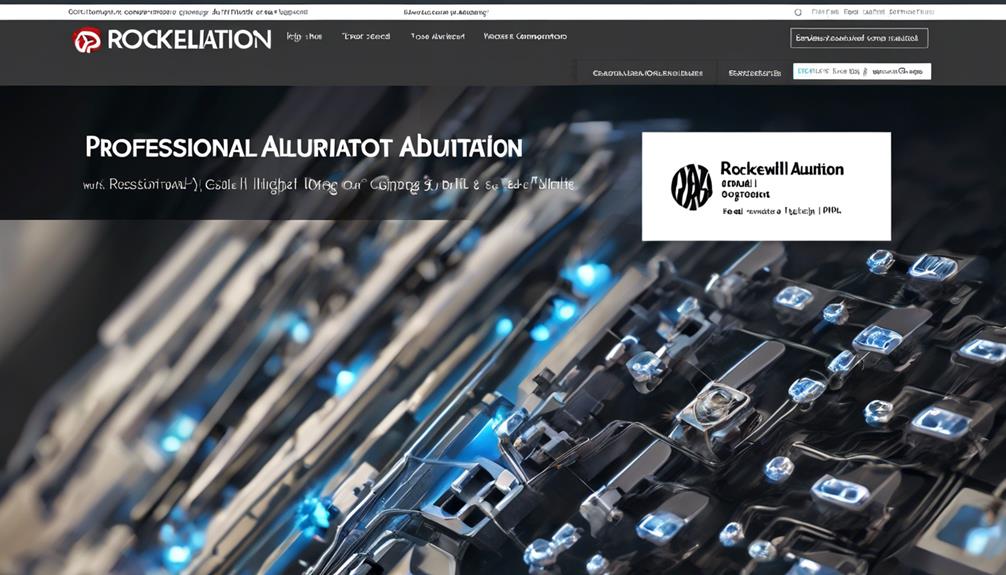Navigating email communication with children is easier when you begin with a clear subject line that sets the tone for effective correspondence. It is important to maintain politeness and clarity throughout the message, from the greeting to the closing.
However, there are nuances to consider beyond mere structure and tone. Join us as we explore the intricacies of crafting emails tailored to young recipients, offering insights into fostering respectful and engaging digital interactions.
Key Takeaways
- Importance of concise subject lines: sets tone, specific, identifies need quickly.
- Polite greetings and introductions: remind who you are, create friendly tone.
- Address recipient appropriately: use name/title, shows value, builds relationships.
- Crafting clear and engaging message: catchy subject line, simple, organized, consider recipient's perspective.
- Polite closing and sign-off: end on friendly note, use appropriate phrases, double-check spelling/punctuation.
Email Basics for Children
In our digital world today, let's dive into the essential Email Basics for Children.
When it comes to email writing, it's crucial to remember a few key points. First off, think of the subject line as the main idea of your email. Make it specific and to the point so the recipient knows what to expect. Avoid using vague subject lines like 'Hi' or 'Help' as they can be confusing. Starting with the topic or subject helps identify the need quickly.
Remember to greet the recipient politely and remind them who you are, even if your email address doesn't include your name. This helps teachers or other recipients identify you easily.
When asking for help, provide as much detail as possible and ask specific questions.
Always thank the recipient and use a polite closing to end your email.
Addressing the Recipient

When addressing the recipient in an email, remember to use their name or title for a personalized touch that fosters a connection. It's essential to start your email with a polite greeting to show respect and create a friendly tone. Whether you're writing an email to a teacher, a friend, or a family member, addressing them correctly sets a positive tone for the rest of your message.
Below is a simple guide to help you address the recipient appropriately in your emails:
| Relationship | Example Greeting |
|---|---|
| Teacher | Dear Mrs. Smith, |
| Friend | Hi Sarah, |
| Family Member | Hey Grandma, |
| Unknown Person | Hello, |
Using the recipient's name or title not only shows that you value them but also helps in building and maintaining relationships. So, keep in touch with your loved ones by addressing them thoughtfully in your emails. Remember, a little personal touch can go a long way in making your message more engaging and meaningful.
Crafting a Clear Message
Crafting a clear message requires thoughtful organization and precise language to ensure your ideas are effectively communicated. When writing an email, remember that the subject line is the first thing the recipient will see, so make it catchy and relevant.
Here are some tips to help you craft a clear and engaging message:
- Keep it Simple: Break down your thoughts into short, easy-to-read sentences. Avoid using complicated words that might confuse the reader.
- Use bullet points or numbered lists to organize your ideas logically.
- Highlight key points by using bold or italics sparingly.
- Consider the recipient's perspective when structuring your email.
Polite Closing and Sign-Off

As we wrap up our thoughts on crafting a clear message in your email, let's now focus on ensuring a polite closing and sign-off that leaves a lasting impression.
When you're finishing your email, it's essential to end on a friendly note. Consider using phrases like 'Sincerely' or 'Yours Truly' to show your appreciation for the recipient's time and help.
Don't forget to include your name at the end to add a personal touch and display proper email etiquette.
Always double-check your spelling and punctuation in the closing to make sure everything looks professional.
Email Etiquette Tips for Kids
Let's always remember to start our emails with a friendly greeting and a clear introduction to make a positive first impression. When writing emails, it's important to follow some etiquette tips to ensure effective communication. Here are some key points to keep in mind:
- Use specific subject lines: Make sure your subject line clearly reflects the content of your email.
- Begin with a polite greeting: Start your email with a warm salutation like 'Good Morning' and introduce yourself if the recipient may not know you.
- Communicate clearly: Provide all necessary details in a concise and organized manner to avoid confusion.
Frequently Asked Questions
How to Do Email for Kids?
Sure!
When writing an email for kids, we focus on simplicity and clarity. We emphasize using a friendly tone, easy language, and engaging content.
It's important to keep the message concise and to the point, while also encouraging creativity and personal expression.
How Do You Write an Email for Beginners?
When writing an email for beginners, we focus on clarity and simplicity.
Start with a concise subject line, a friendly greeting, and a clear purpose in the body.
Keep the message brief and to the point.
End with a polite closing.
Remember to proofread before hitting send.
Practice makes perfect, so don't be afraid to write more emails to build confidence and improve your skills.
What Is Free Email for Kids Under 13?
We've found the perfect solution for kids under 13 who want to safely and securely communicate online: free email services designed just for them. These platforms offer features like parental controls and restricted contact lists to ensure a child-friendly experience.
Kids get to learn about digital communication in a secure environment, all while having fun connecting with approved contacts. It's a great way to introduce youngsters to the world of online communication responsibly.
How Do You Teach Students to Write an Email?
When we teach students to write an email, we emphasize the importance of clear subject lines, polite greetings, detailed information, and thankful closings.
It's crucial to show them how to be specific yet concise in their messages. By focusing on these key elements, we help students communicate effectively in writing.
This approach encourages students to develop strong email etiquette and convey their thoughts professionally.
What are some basic tips for writing an effective email that can be applied to writing a family emergency email?
When writing a family emergency email, it’s important to be clear and concise. First, make sure the subject line clearly states the urgency of the situation. Next, provide all necessary details in a compassionate and sensitive manner. Finally, double-check the email for any errors before hitting send.
Conclusion
Just like planting seeds in a garden, writing an email is like planting a message in someone's inbox.
Remember to water it with kindness, nurture it with clear words, and watch it grow into a beautiful communication flower.
Keep practicing and soon you'll be a master email gardener, spreading joy and information with every message you send.
Happy emailing, young writers!









